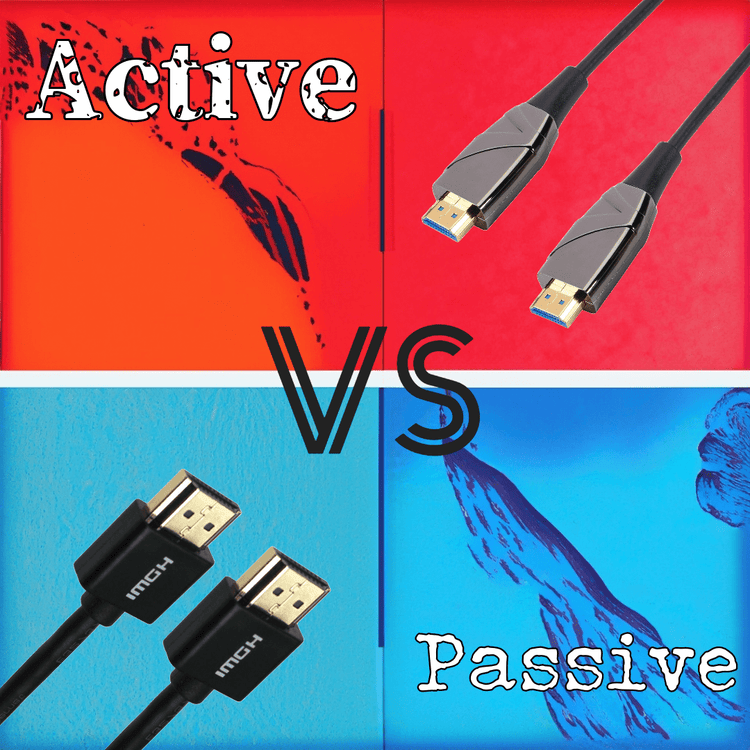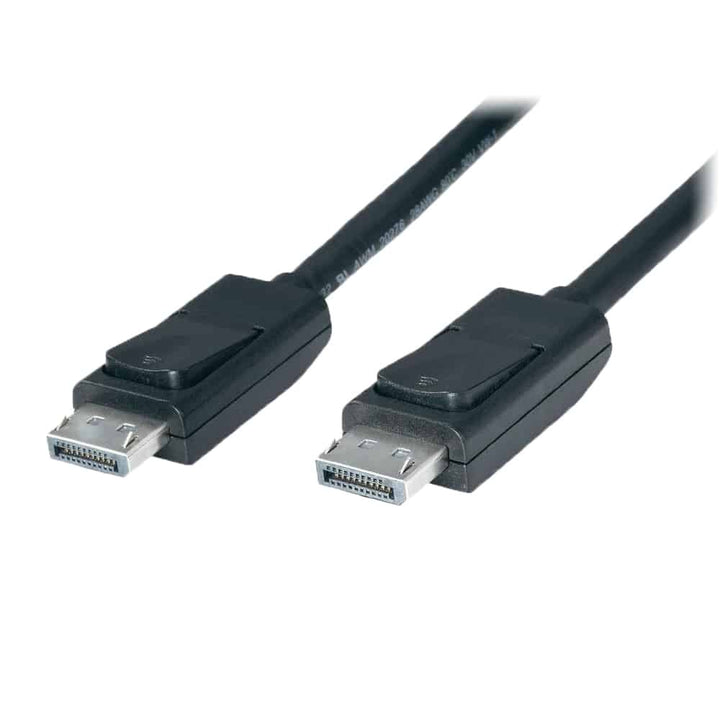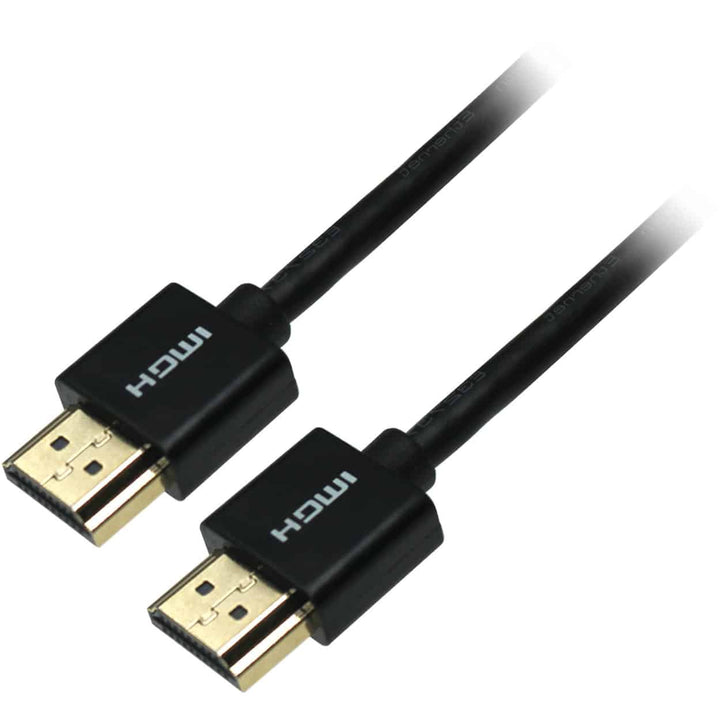What's the Difference Between an Active and Passive Video Cable?

The Cable Conundrum
In the dynamic universe of video technology, the choice between active and passive video cables can sometimes feel like a conundrum. Both types play a crucial role in delivering those stunning visuals to your screens, but they have distinct characteristics that make them suitable for different scenarios. Let's unravel the mystery and shed light on the differences between these two cable titans.
Understanding Passive Video Cables
Passive video cables are the OGs of the cable world. They have been around for ages, providing a straightforward and reliable way to transmit video signals from one device to another. The magic here lies in their simplicity. Passive cables are essentially conduits for your video signal, with no added electronic components to manipulate or enhance the signal.
Pros and Cons of Passive Cables:
Pros:
- Simplicity and reliability: Passive cables are plug-and-play, making them hassle-free to set up.
- Cost-effectiveness: Since they lack extra circuitry, passive cables are often more affordable.
Cons:
- Signal degradation: Over longer distances, passive cables might experience signal loss and reduced quality.
- Limited range: Longer distances can lead to noticeable deterioration in image quality.
Enter the Active Video Cable
Active video cables swoop in with a splash of sophistication. These cables are equipped with built-in signal boosting technology that ensures your video signal remains robust and vibrant, even over extended distances. The secret sauce is an embedded microchip that actively amplifies and enhances the signal as it travels along the cable.
Advantages and Drawbacks of Active Cables:
Advantages:
- Extended reach: Active cables can maintain high-quality signals over longer distances, making them ideal for larger setups.
- Signal integrity: The built-in amplifier combats signal loss, resulting in sharper images and smoother video playback.
Drawbacks:
- Complexity: The active components can make these cables slightly more complex to handle and potentially pricier.
- Power requirement: Some active cables might need a power source to fuel their signal-boosting prowess.
Which Cable Should You Choose?
When deciding between active and passive video cables, consider the nature of your setup and your specific needs. If you're working with a shorter distance and simplicity is your game, passive cables might be your go-to option. On the other hand, if you're setting up a home theater or an extensive gaming rig with screens scattered across the room, active cables could be your knight in shining armor, ensuring your visuals remain top-notch.
A Tale of Two Cables
In the grand tapestry of video connectivity, active and passive cables play distinct roles, each with its own set of benefits and considerations. While passive cables excel in simplicity and affordability, active cables step up the game by conquering longer distances and maintaining signal integrity. Whether you're a casual viewer or a tech-savvy enthusiast, understanding these differences empowers you to make an informed choice that aligns with your needs.
So there you have it, the tale of two cables – active and passive – each with its own strengths and characteristics. The next time you're setting up your entertainment oasis, you'll know just the right cable to reach for. Happy viewing!




